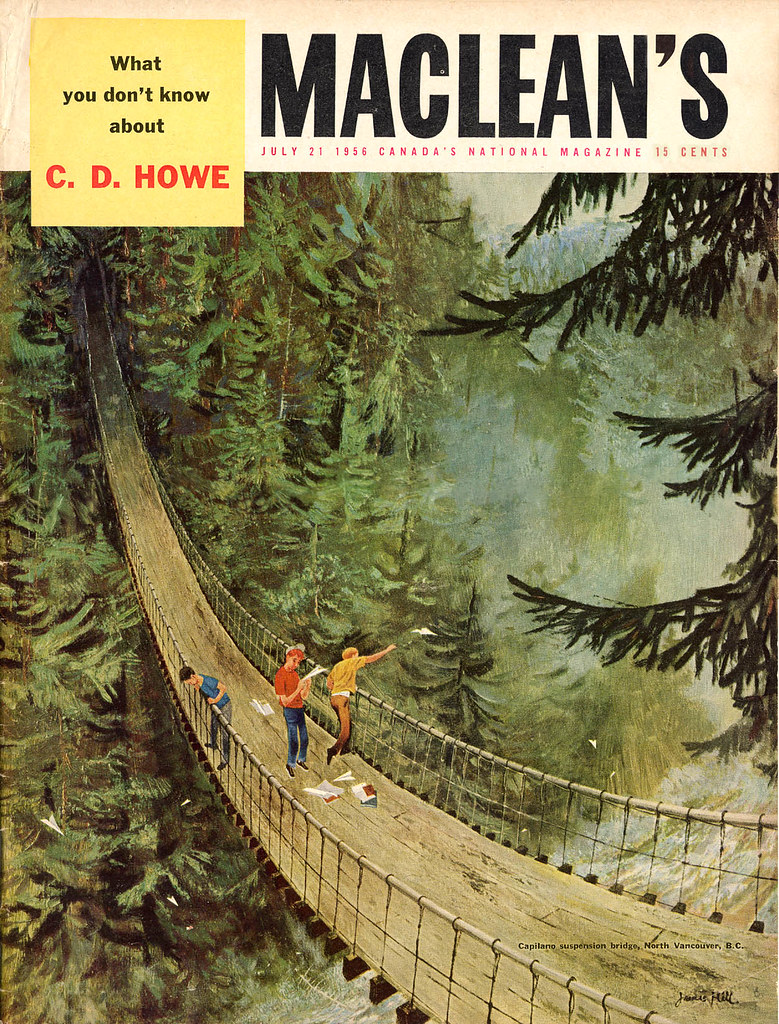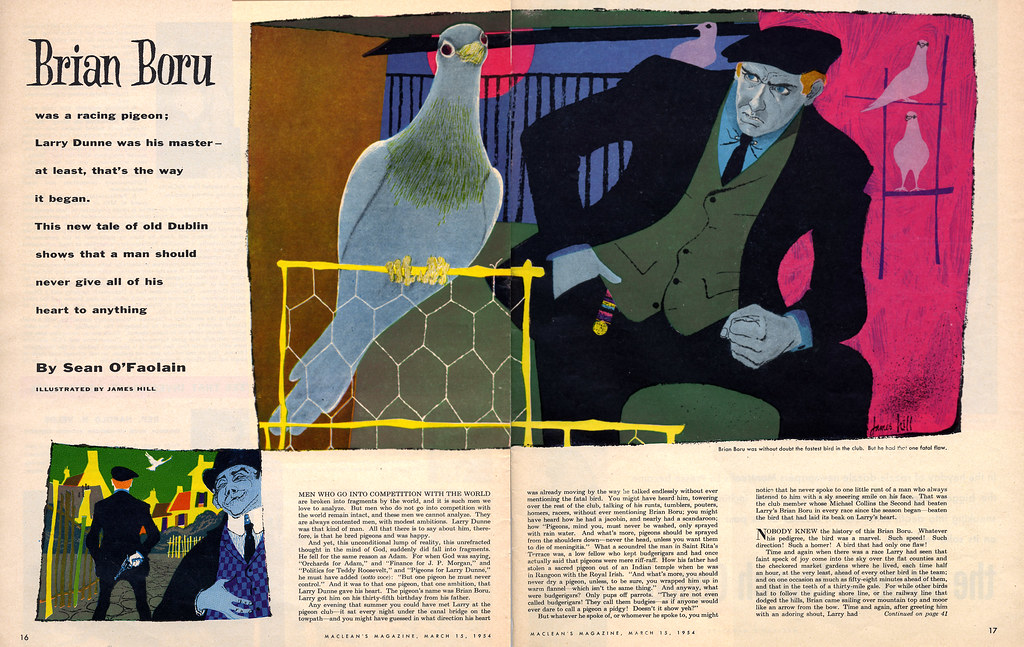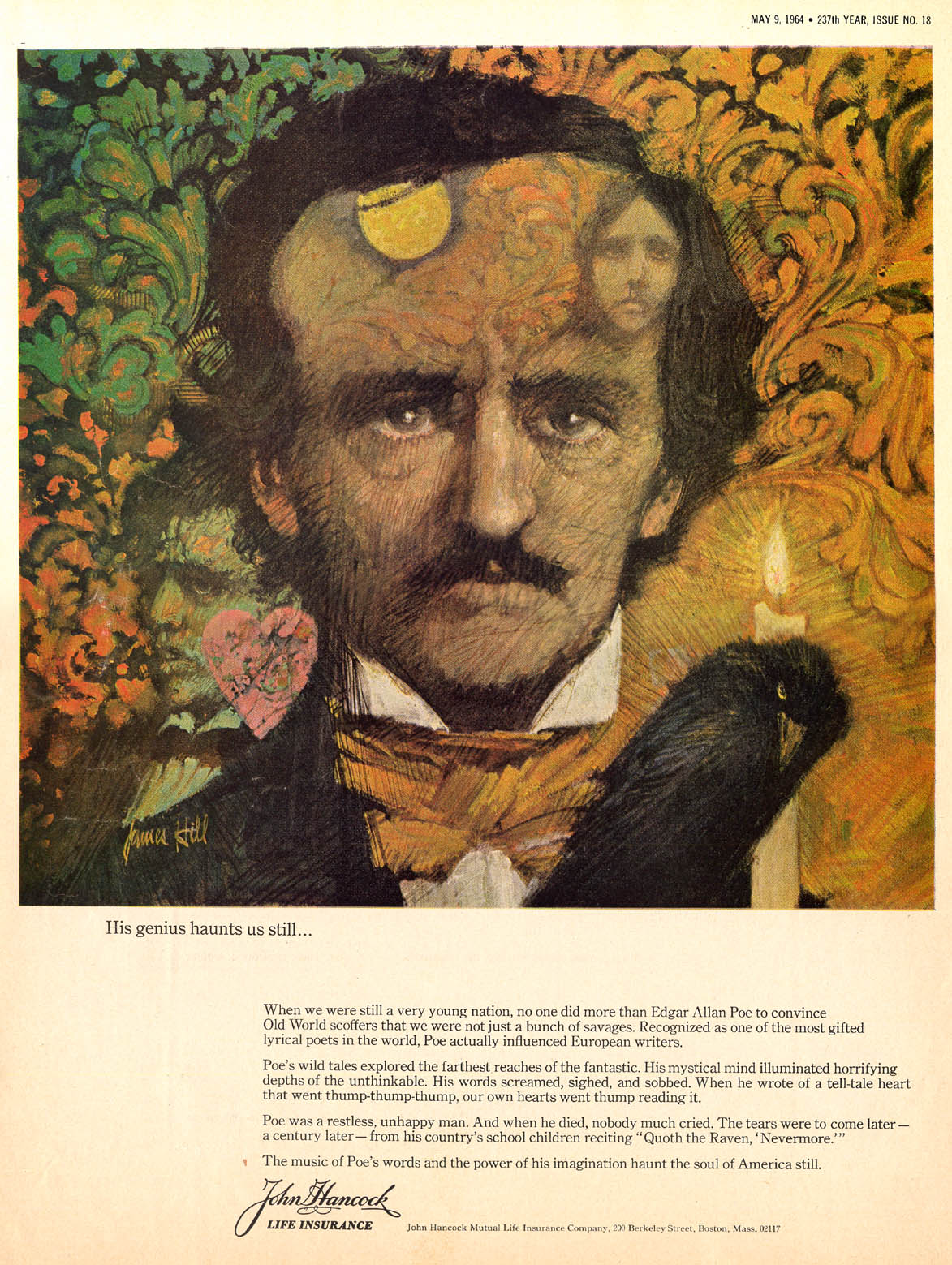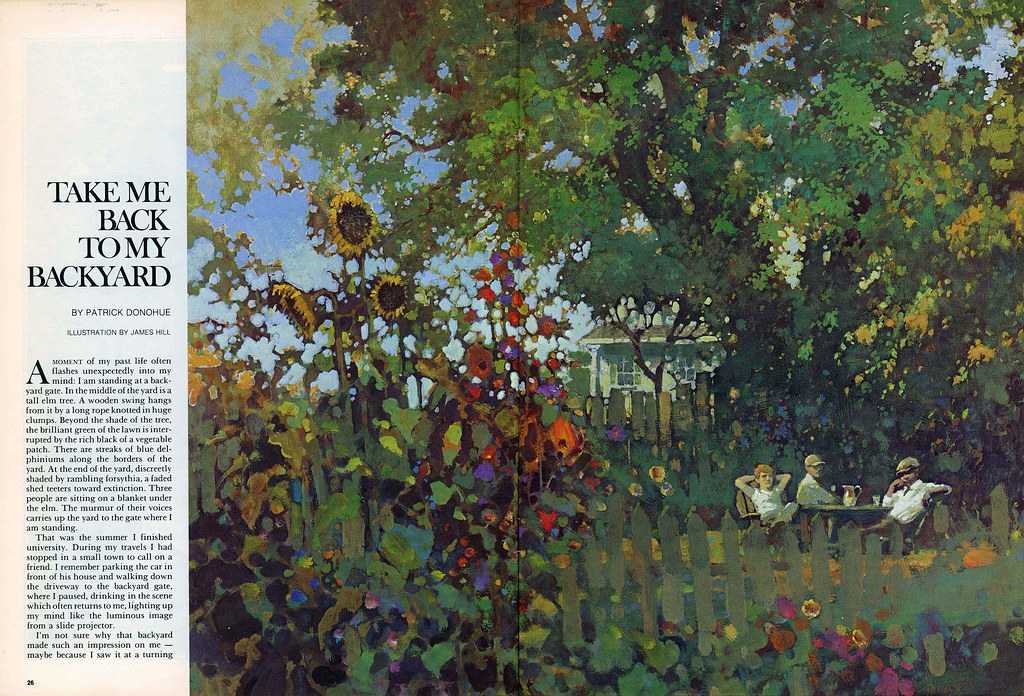Have a look at this beautifully drawn 4-panel comic strip; see how long it takes you to identify what company is being advertised.




Talk about subtle. And not even a logo or tagline in sight!
For several years during the 1950s, the Young and Rubicam advertising agency ran ads like these, featuring cartoon art, in
Fortune magazine and in the back of each year's
New York Art Directors Annual.

Ever since I first saw them I've had been intrigued by Y&R's commitment to these unique cartoon ads -- curious about what had been their motivation in utilizing this distinctive approach. Recently, while corresponding with my friend Bill Peckmann, it all suddenly became perfectly clear.
In passing, Bill wrote,
"While I'm thinkin' of it - it seems that some of the great cartoonists, Rowland B Wilson, Tom Yohe and Jack Sidebotham (Bert & Harry, the Piels Bros. Beer designer) were all art directors at the Y&R Advertising Agency in the '50's. (I know there are more names but they're not coming to me right now.)"

Bill continued,
"There must have been something in the water there or the agency had a style at that time where they only hired art directors who could draw."

Imagine that: art directors who could draw... no wonder the folks at Y&R were so committed to running ads featuring great cartoon art. They could relate because they were cartoonists themselves. I wonder... are there still art directors who can draw? Or is that one more reason why illustration has all but disappeared from advertising.
Maybe today's art directors simply can't relate to the drawn image because they have no tangible connection to the act of drawing.



 (Above and below: James Hill shares page space in various 1950s volumes of the New York Art Directors Annuals)
(Above and below: James Hill shares page space in various 1950s volumes of the New York Art Directors Annuals)





































